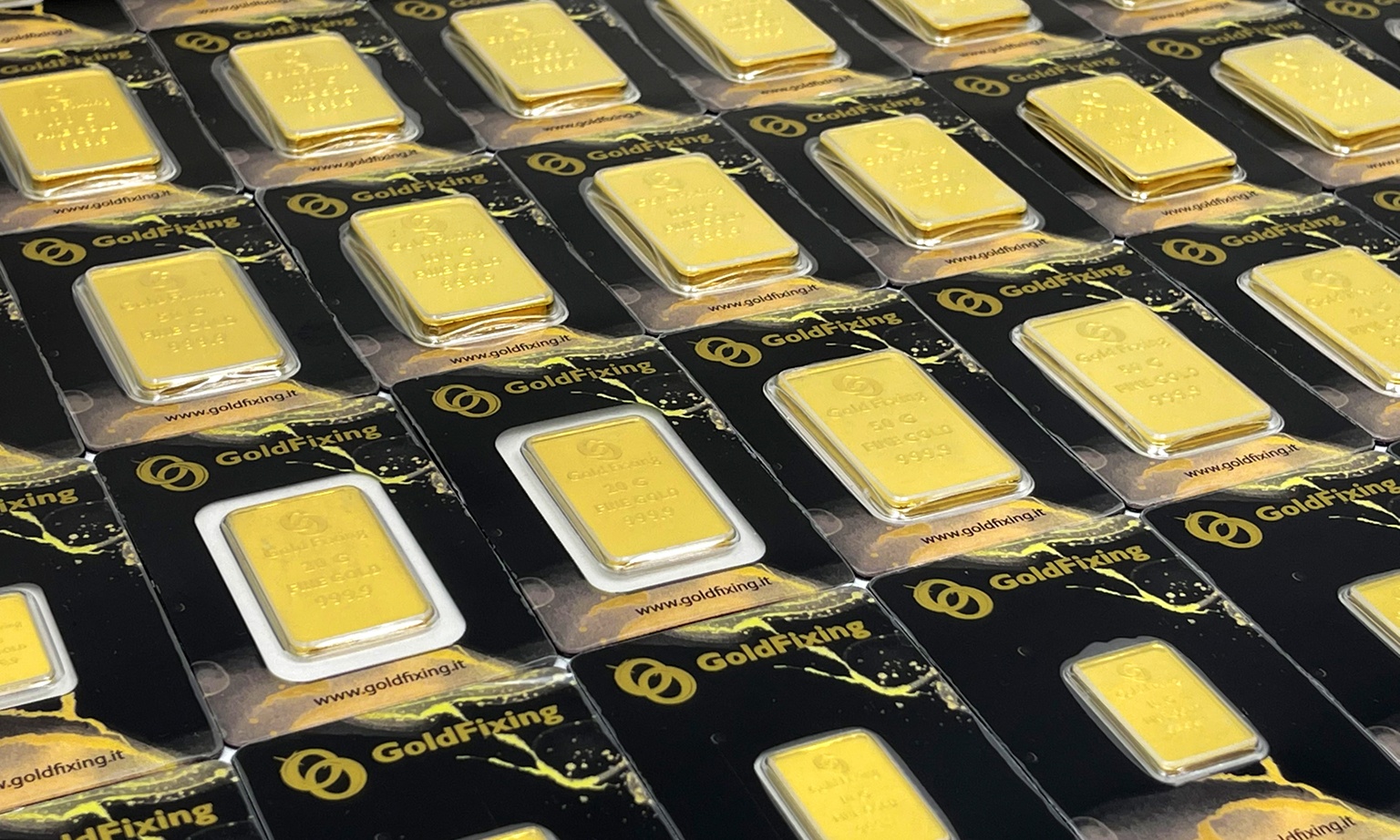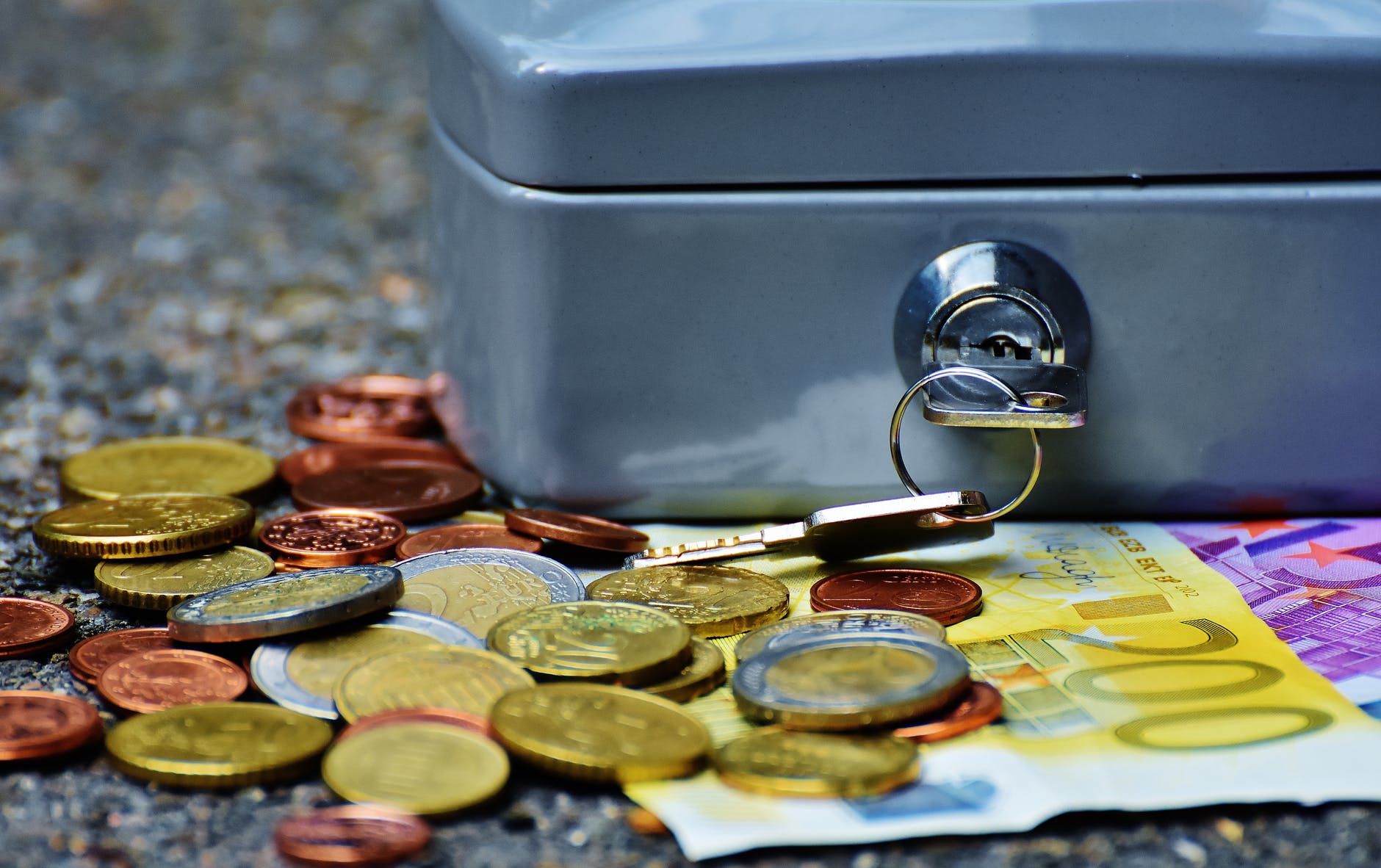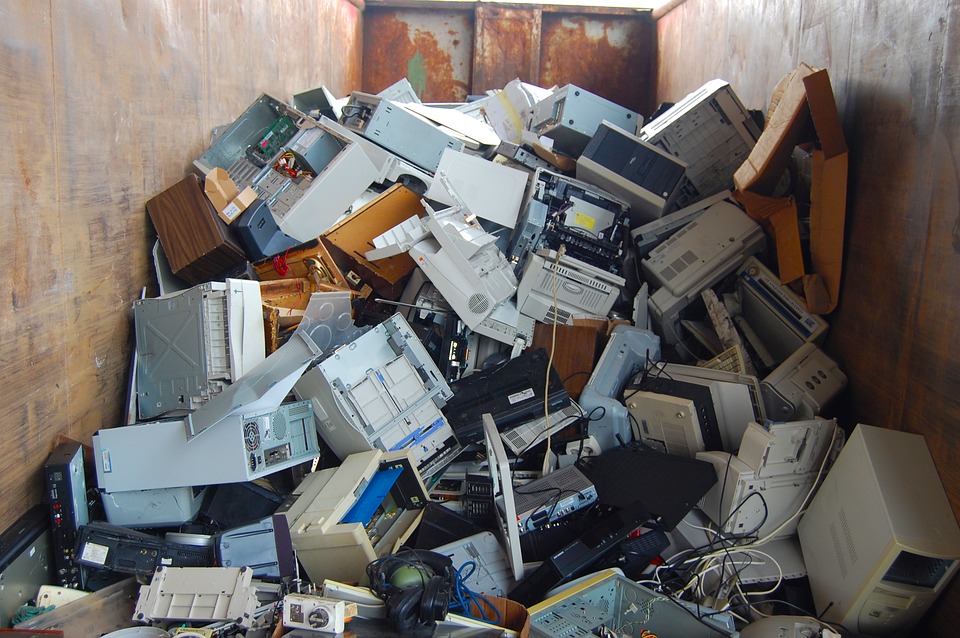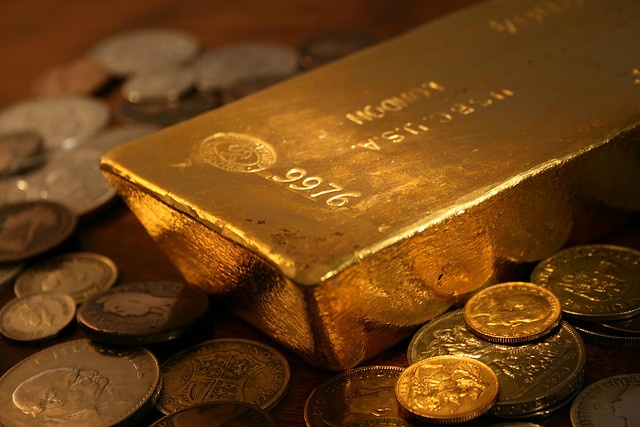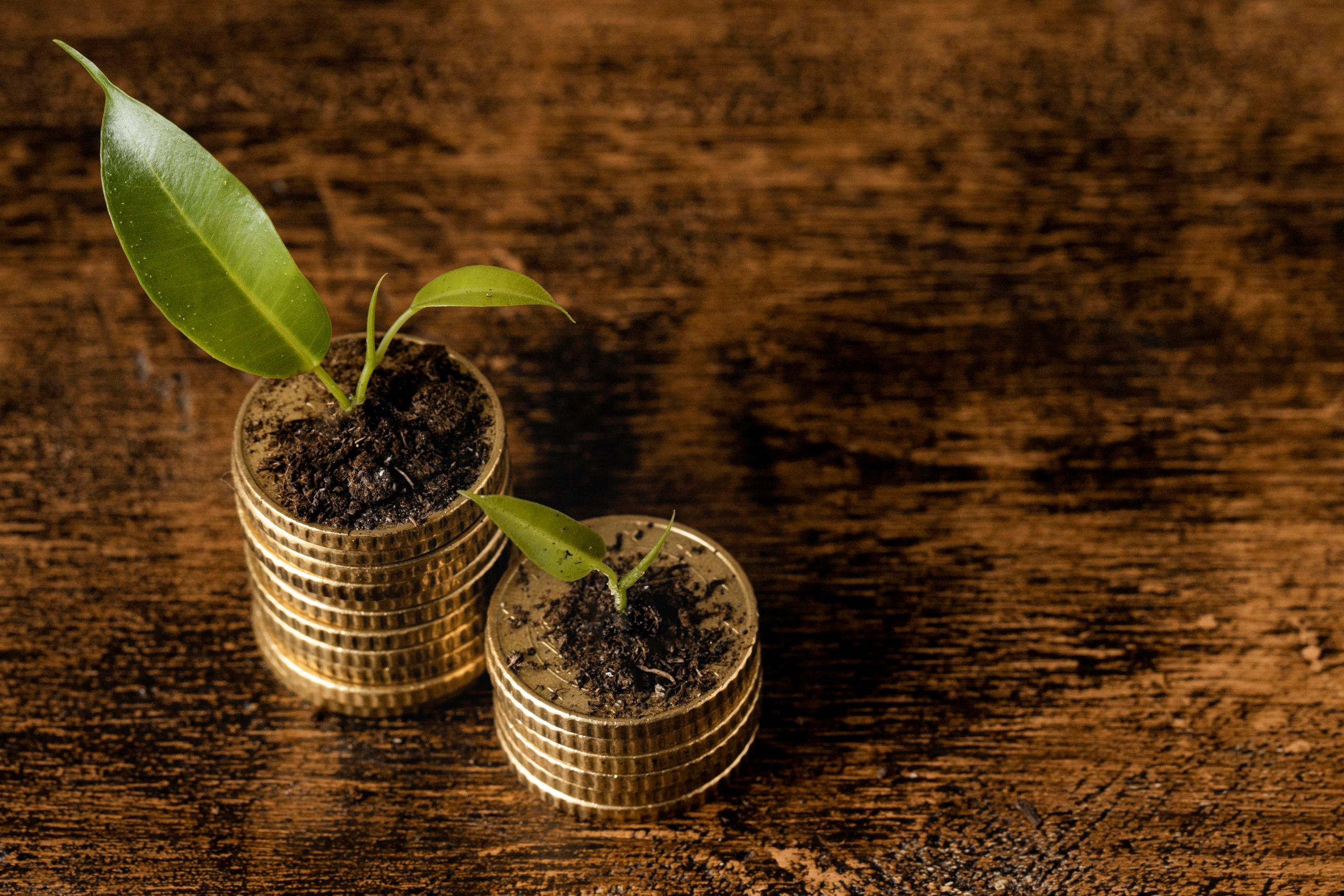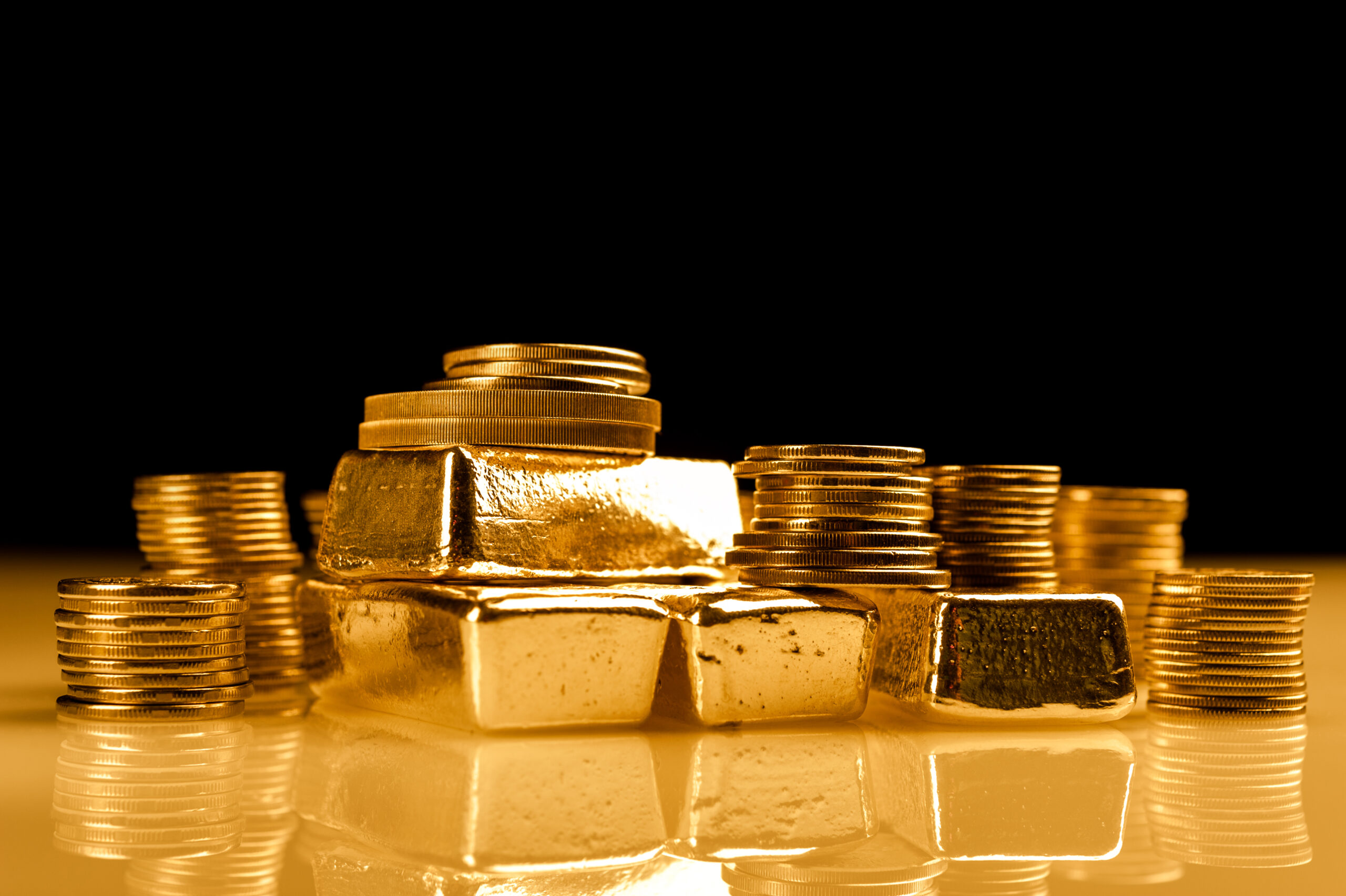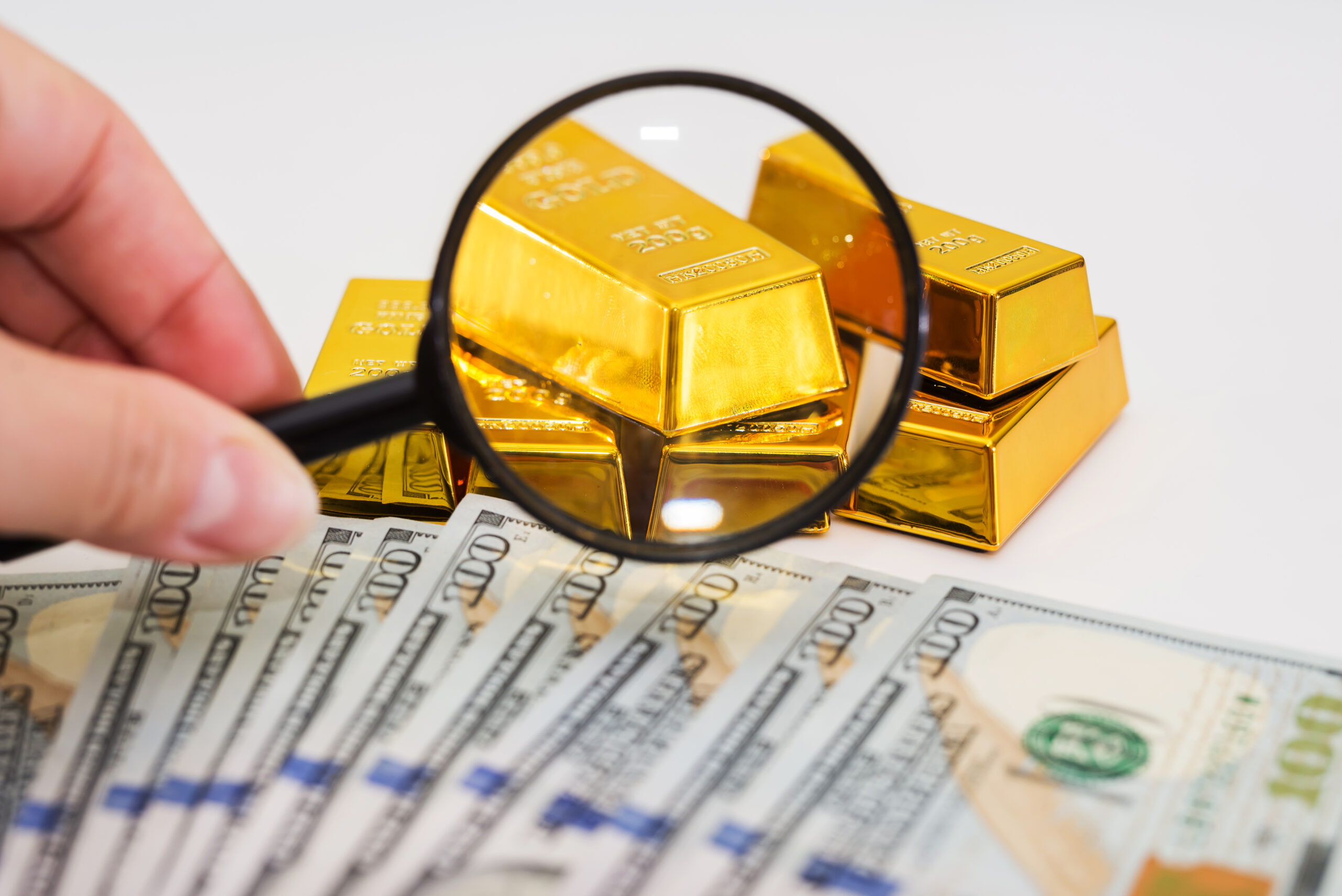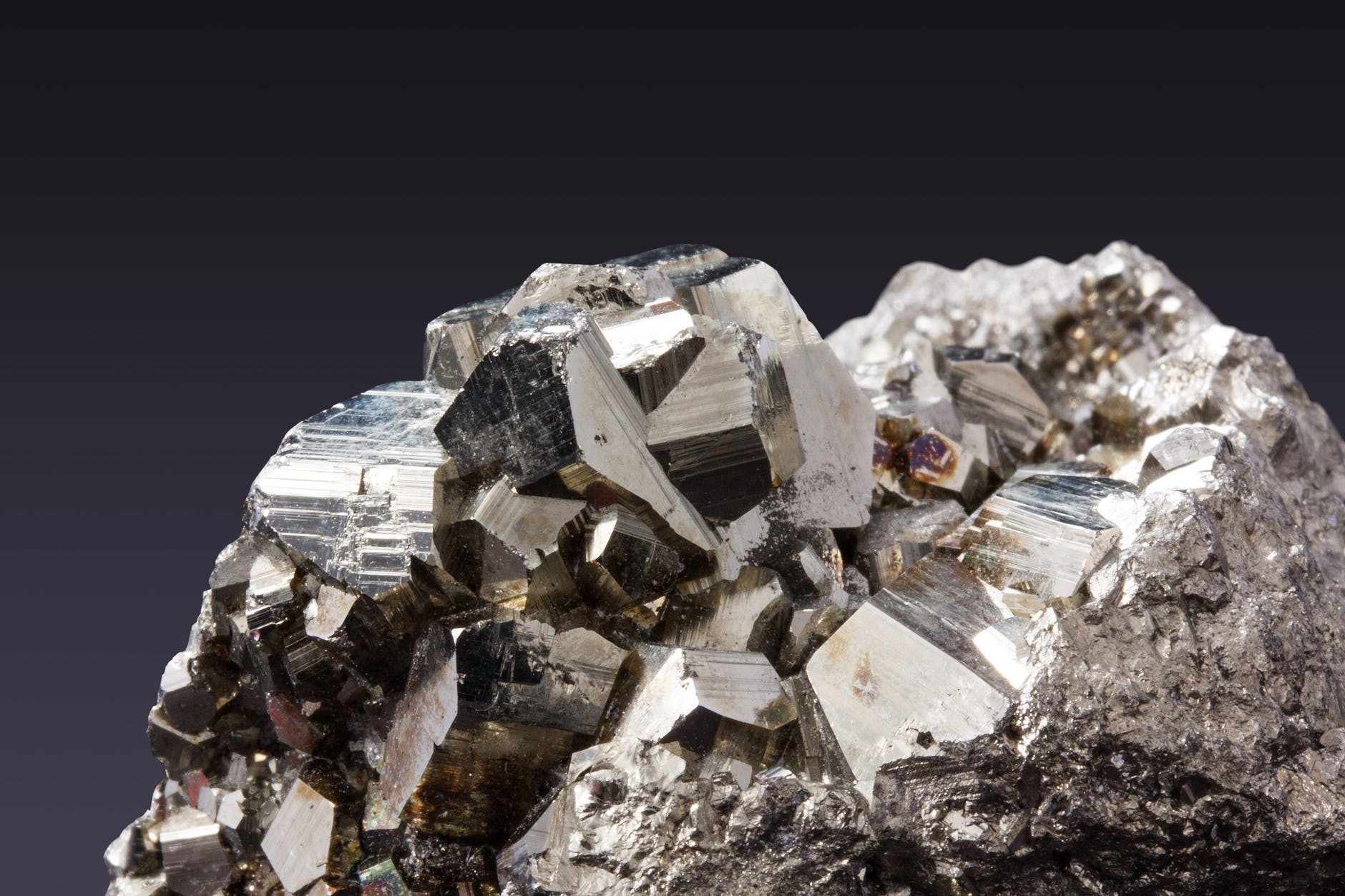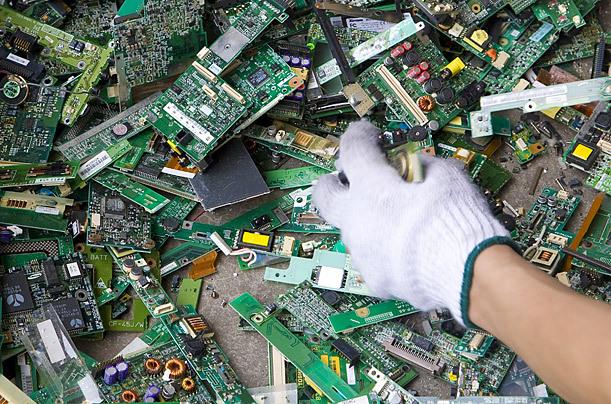
The mining industry represents one of the main causes of pollution on the planet: the metal fusion, including gold, contributes every year to release in the atmosphere around 19 million tons of sulfur dioxide (equal to 13% of global emissions) that is the cause of acid rain.
The extraction, process and refining of precious metals require high energy expenditure: just think that in these sectors the quantity of oil, gas, carbon and hydroelectric power produced every year all around the world is equal to 7-10% (without considering the energy for transportation).
Mines produce huge quantities of waste: in 2010, 900 tons of metal were extracted producing 9 billion tons of scap, mostly from the extraction of gold, iron and copper.
For each ton of gold there are about 300.000 tons of waste: it means that for a gold ring 3 tons of waste are produced; moreover, most parts of waste are contaminated by cyanide and other chemicals used to separate metals.
At the end of 1800 American chemists patented the technique of leaching (made with cyanide) used to separate gold from the rest of the materials; this technique is still in use among miners in gold deposits all over the world.
Where does waste go if it is contaminated? It is simply stored in tanks protected by walls, or as happens in other parts of the world, they are poured into streams or oceans, that’s why there is a high contamination of drinking water or aquatic habitats.
It is therefore easy to understand why selling unused gold and recovering precious metals is a gain for human beings and for the environment, with consequent waste limitations.




